Ten years of LeWeb, how time flies. I have been at LeWeb for the past four years and it has always been a privilege. The theme for LeWeb for this year really triggered me to think about the future of technology and naturally of startups. As ever, I still strongly believe that startups are the best option to turn our economic processes on their heads. And the past ten years more than prove my point. Startups like Google, PayPal, Facebook, eBay, Twitter, YouTube, Spotify, Uber, AirBnB and many others have changed our lifestyle and our habits in amazing ways. However, for the next 10 years, I believe that technology will not be the primary driver of innovation.
In the past twenty years, a lot of innovation has come through the fact that we finally could. The world shrank as we finally could easily connect and keep up with friends around the world. New cell phone technology allowed us to move around and still access the same online resources as at our offices. Computers in everything have allowed us to automate many processes and make them much more efficient. But times are changing. I am not saying that technology is slowing down, because it is not. However, I strongly believe that we will see more and more technology that is driven by social developments.
I believe in the collaboration economy. And I believe that that is the track for the future. Technology that allows us to share with each other. So we can share knowledge, but also resources that we have to our disposal and that we do not use 24/7. Like the extra bedrooms we are offering on Airbnb, the rides on Blablacar, the communal bikes in cities like London, Paris, New York, San Francisco, Kopenhagen and others. I believe that in the next ten years, we will see technology integrate more and more into our daily lives to make it more a part of it than an attachment.
Take Google Glass for example. It is one of those developments that can change the way in which we interact with technology in relationship with others. But it is not the glasses themselves that will trigger us. It is the things they can do for us that are becoming more and more important. So, I do not believe that wearable technology as such is going to be a technology driver. But I believe that the way it will allow us to interact with our friends and our environment, will be the driver for technological innovation.
That is where startups come in. The next ten years are a time to reassess all the processes that run in the world to see whether we can replace them by a combination of individual masses and resources. Because there is a lot to gain in a revision of our daily routines to make them more fun and more effective through new technology. And startups are the ideal vehicle to question these daily routines.
What are your thoughts? Add them in the comments, or talk to me at LeWeb next week. I will be interviewing interesting people at LeWeb and hopefully posting some blogposts and some videos. See you there?



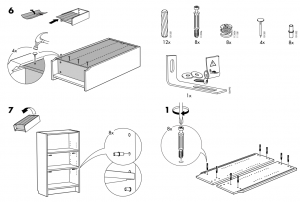
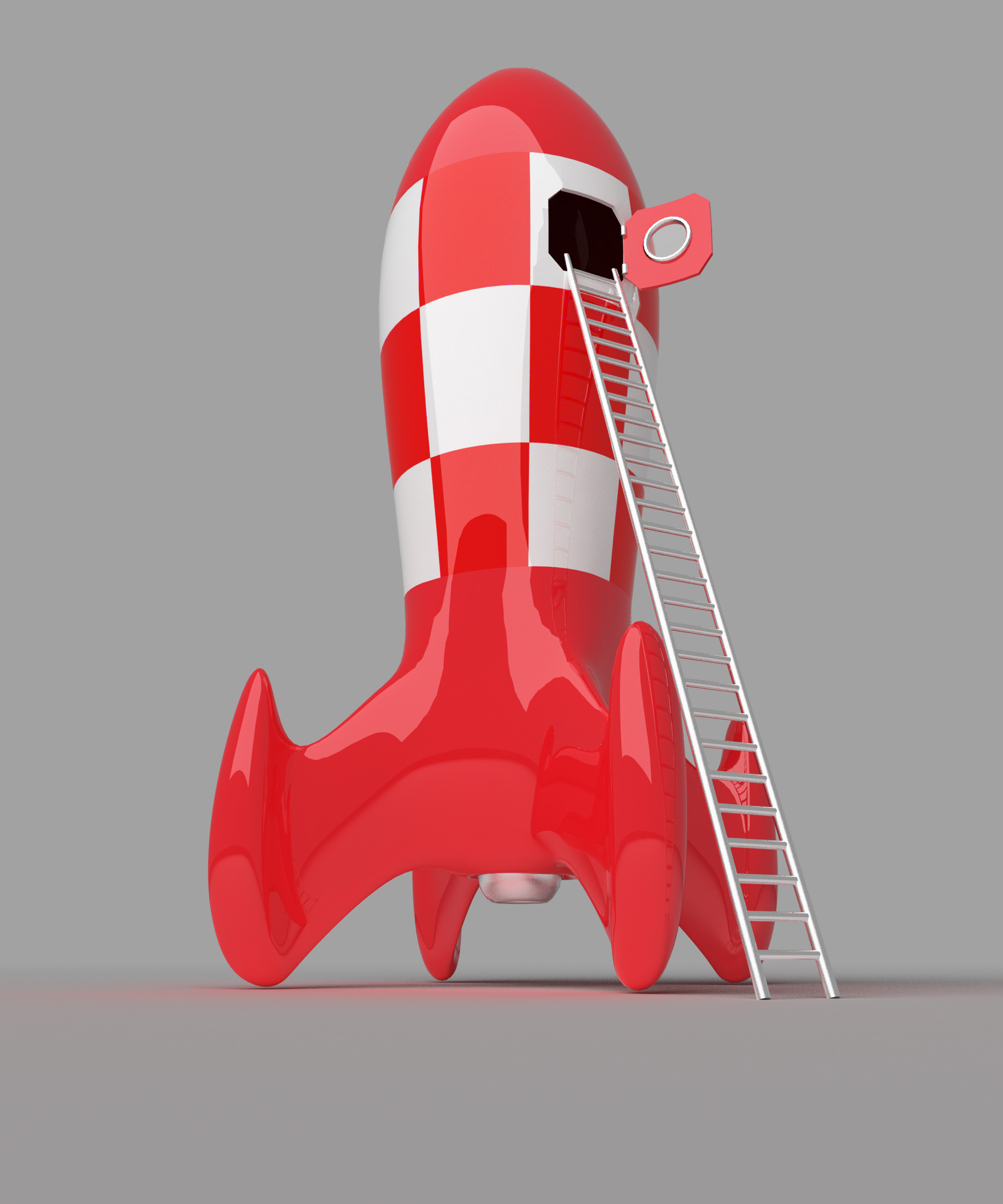
 With startup accelerators popping up all over the world, this might not be the most popular thing to write. However, it is something that has been on my mind for the past year. As a mentor for one startup accelerator and a visitor of many, I have gotten to know the inner workings and discussed them with others. And they all lead me to draw the same conclusion. Most accelerators do not fit the needs of startups.
With startup accelerators popping up all over the world, this might not be the most popular thing to write. However, it is something that has been on my mind for the past year. As a mentor for one startup accelerator and a visitor of many, I have gotten to know the inner workings and discussed them with others. And they all lead me to draw the same conclusion. Most accelerators do not fit the needs of startups.
 This morning
This morning 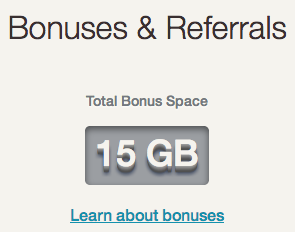
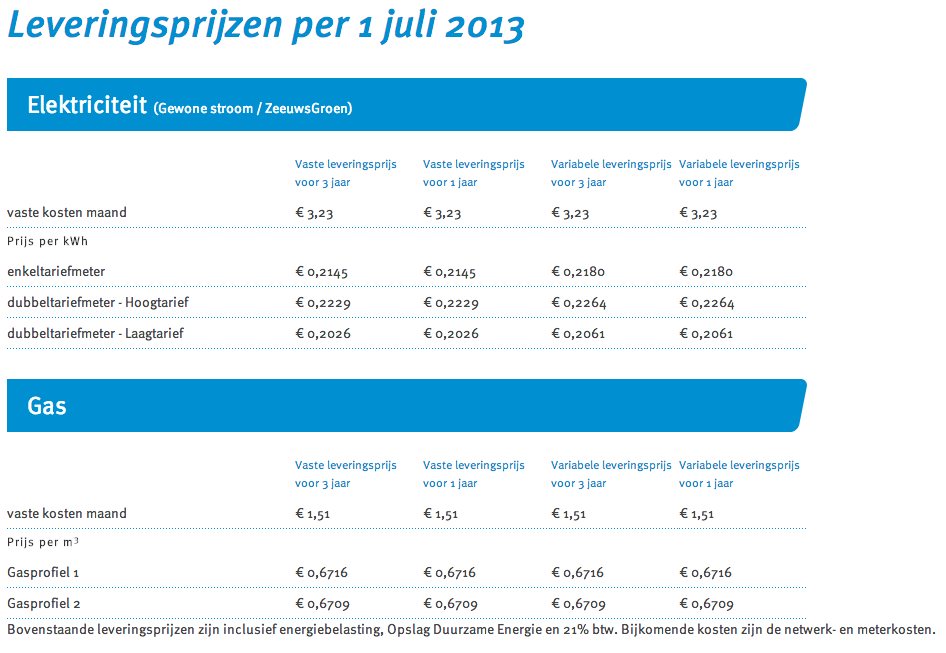
 Vorig jaar is mijn leveringscontract voor energie verlopen. Wij zitten al bijna 11 jaar bij Delta NV en zijn daar op zich best tevreden mee. Heb ik dan een speciale band met de Delta? Nou, nee, dat nou ook weer niet. Het is natuurlijk een lokale onderneming en daarmee lijken ze wat minder onpersoonlijk dan de grote concurrenten uit het midden van het land. Maar verder kan ik eigenlijk niets bedenken. Al is het gevoel dat je bij een kantoor binnen kunt stappen wel prettiger dan een onpersoonlijk 0900 nummer.
Vorig jaar is mijn leveringscontract voor energie verlopen. Wij zitten al bijna 11 jaar bij Delta NV en zijn daar op zich best tevreden mee. Heb ik dan een speciale band met de Delta? Nou, nee, dat nou ook weer niet. Het is natuurlijk een lokale onderneming en daarmee lijken ze wat minder onpersoonlijk dan de grote concurrenten uit het midden van het land. Maar verder kan ik eigenlijk niets bedenken. Al is het gevoel dat je bij een kantoor binnen kunt stappen wel prettiger dan een onpersoonlijk 0900 nummer.


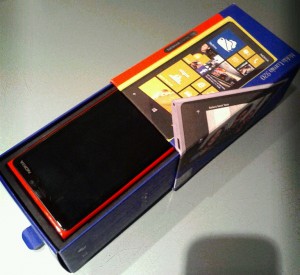
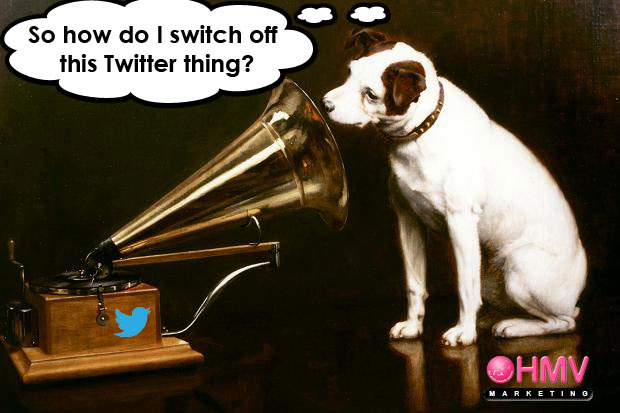
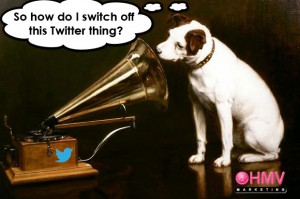
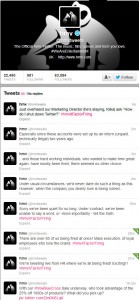

 I love the future. I have loved it ever since I started reading. Technology is shaping our future fast. Back in 1985 I wrote my first computer program. Back in 1994 I launched my first website and I have been working with organizations on integrating new technology ever since.
I love the future. I have loved it ever since I started reading. Technology is shaping our future fast. Back in 1985 I wrote my first computer program. Back in 1994 I launched my first website and I have been working with organizations on integrating new technology ever since.